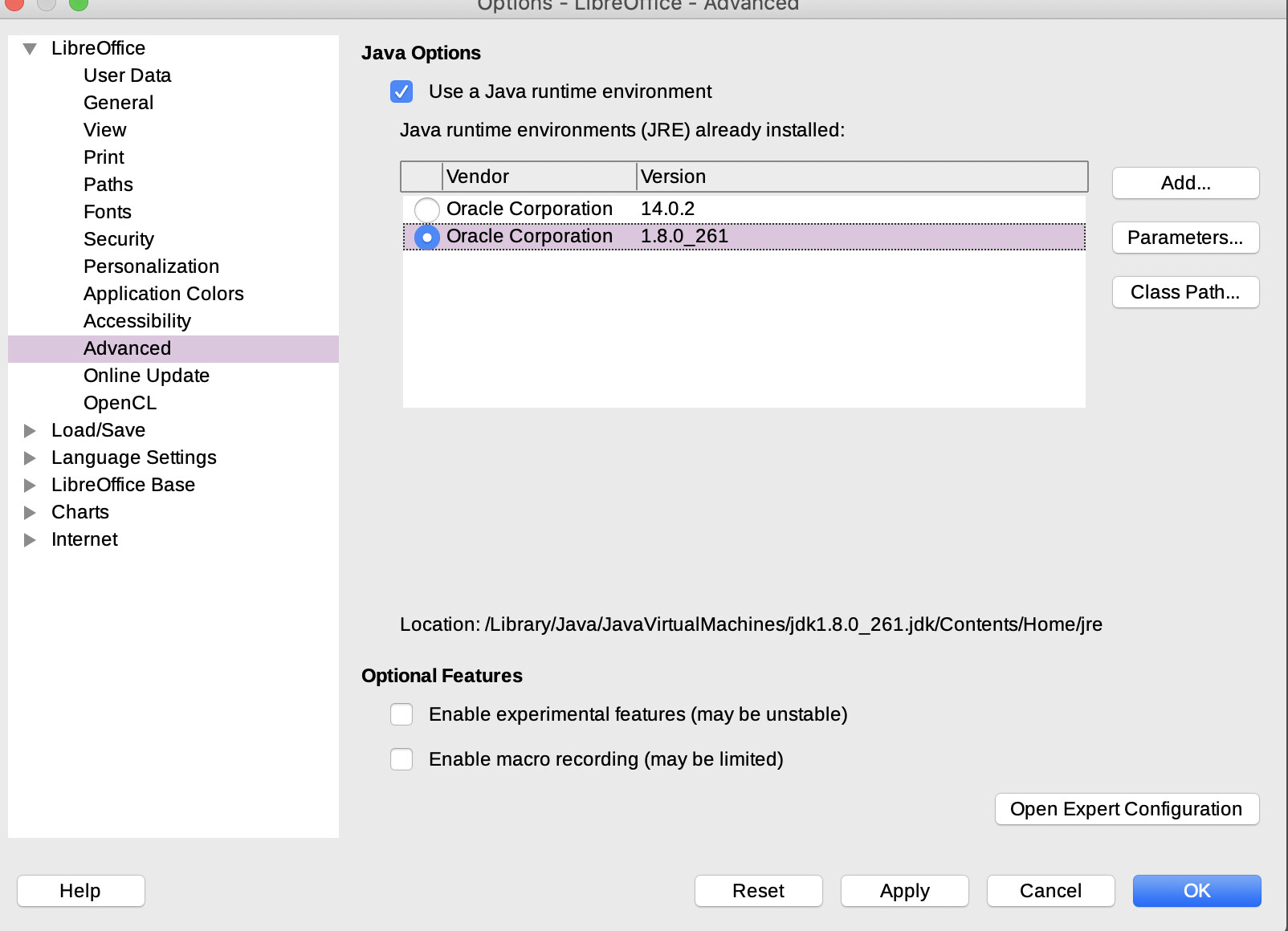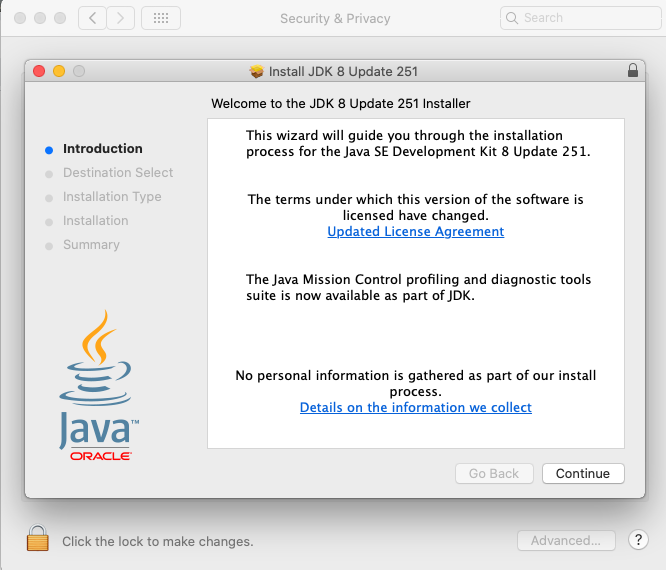

navigate to the folder where JavaVirtualMachines is installed Please note user1 will be your own user nameģ. Users/ user1/Library/Java/JavaVirtualMachines/openjdk-15.0.1/Contents/Home output example You may want to remove java first using the following linkġ5.0.1, x86_64: “OpenJDK 15.0.1” /Users/ user1/Library/Java/JavaVirtualMachines/openjdk-15.0.1/Contents/Home Well you can not run idlj on terminal, or you might just want to downgrade the java version to java 8 or openDJK-8. Why would you want to remove openjdk 15 you may ask. I guess this applies to other version of openjdks. If you are facing the same issue, then here is how to solve it. There's nothing I can do about that, although I hope I'm wrong.I did not find any documentation or help on how to remove/uninstall openjdk version “15.0.1” on macOS.

I also know this explanation will probably just get everyone even angrier, generating even more angry replies, and out of spite you and they probably won't create their own Discussions anyway. So, I look forward to relying to you in your own Discussion – one that you create and can control. I also know that most other user-to-user discussion sites are monopolized by various creatures eager to hammer you mercilessly for posting a brand new question when another one just like it already exists. Those distractions tend to confuse and annoy the originator of a Discussion, who expects and deserves his or her own individual attention. I also know that addressing your question in this Discussion will only inspire others to pile on with their own individual needs and concerns. I know that your Mac isn't working right, that you're angry about that, and that you need help. To learn how to do that please read Writing an effective Apple Support Communities question. You would be far better off fixing what's wrong with your Mac, but if you remain determined to downgrade to an earlier operating system I can provide instructions for that. Primary among them is that any underlying factors responsible for poor performance will remain. That's a very time-consuming procedure, and one that I do not recommend for a number of reasons.

If you have not been using Time Machine, reverting to an earlier operating system requires completely erasing the Mac, followed by installing its originally installed operating system (because macOS Recovery will only offer to reinstall Sierra), subsequently upgrading to the later version you prefer to use, reinstalling your essential software from their original sources, and finally migrating all the files and documents in your User Account. If you had been using Apple's Time Machine, reverting to an earlier operating system version would be simple: macOS Sierra: Revert to a previous macOS version.


 0 kommentar(er)
0 kommentar(er)
